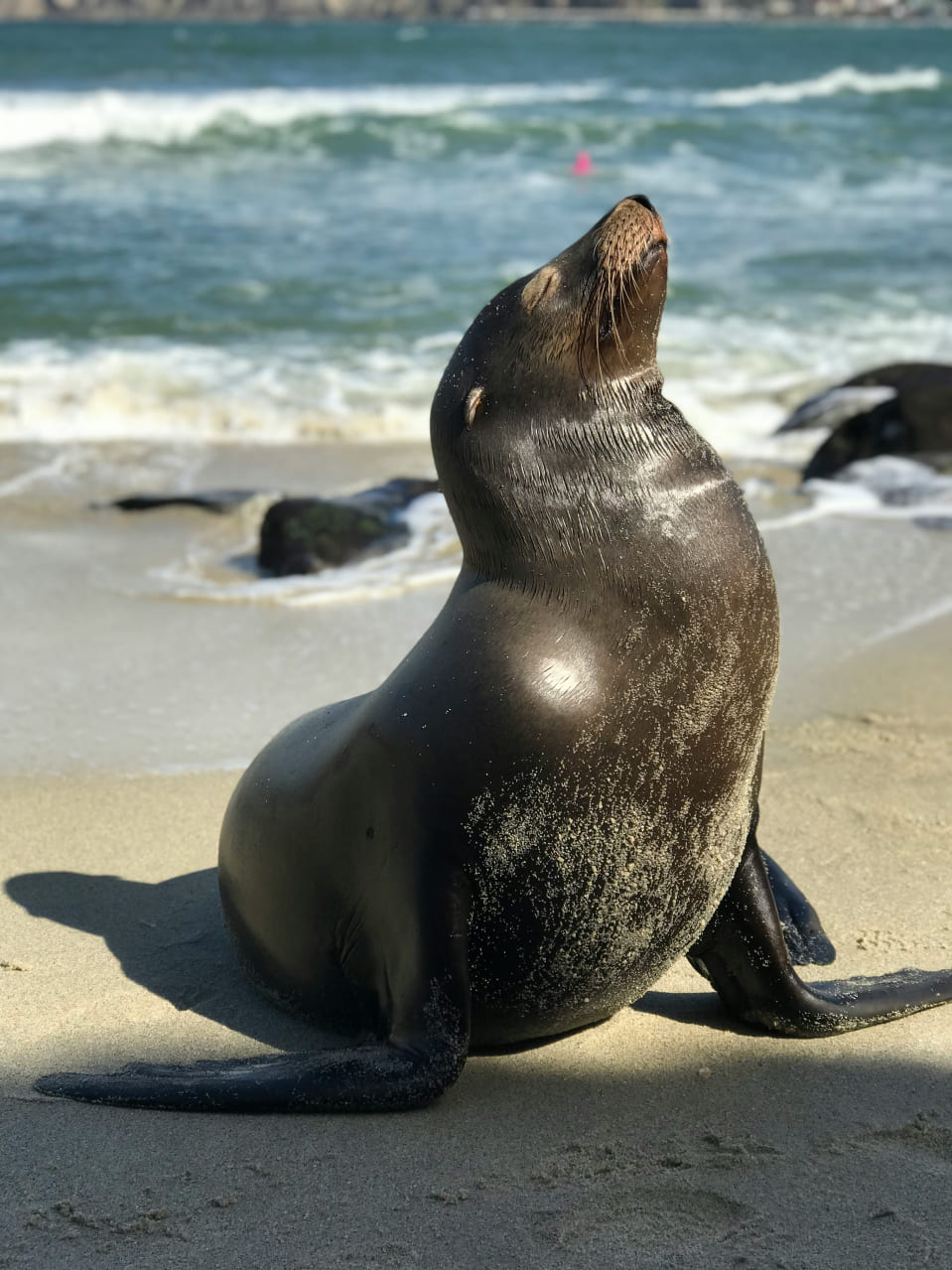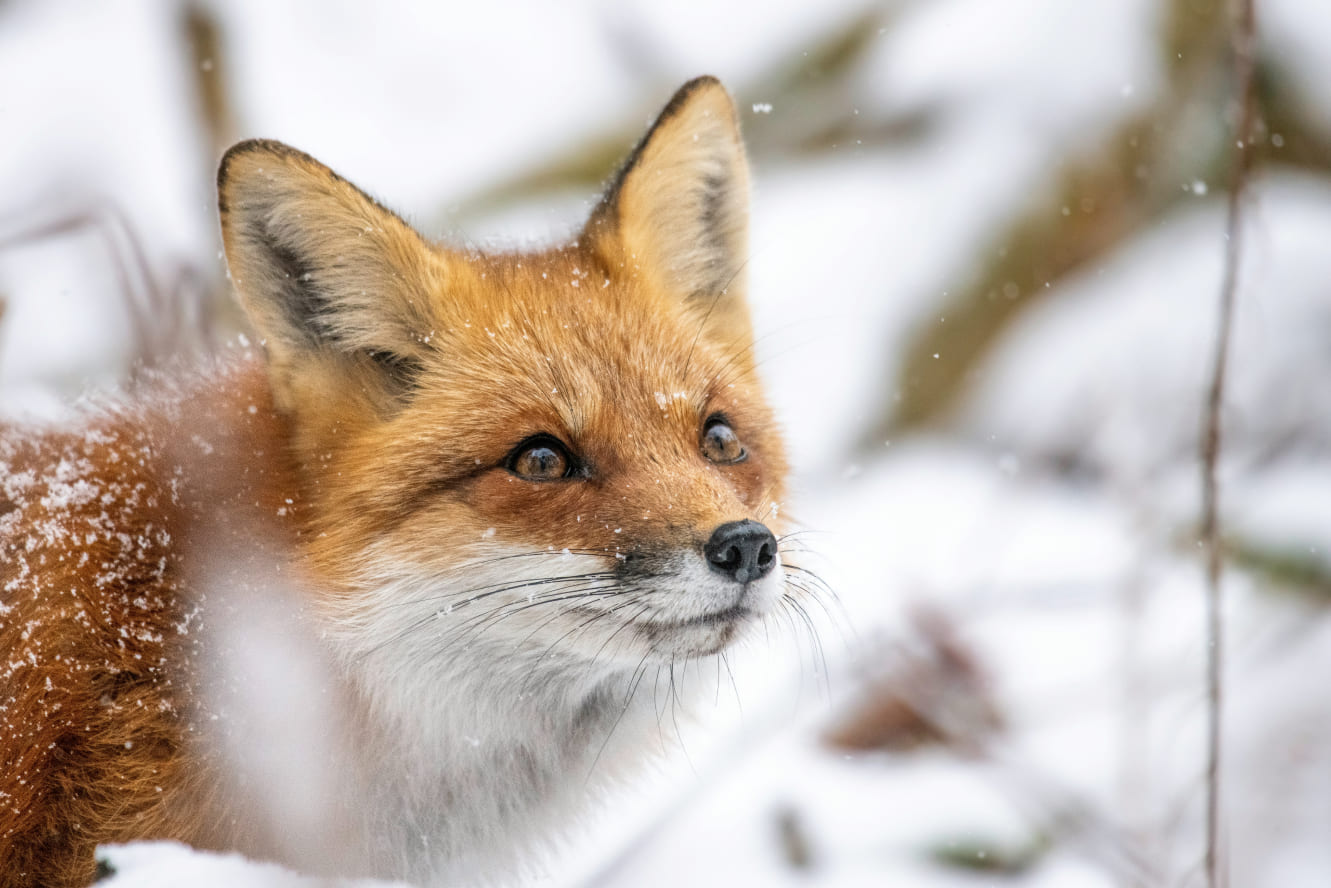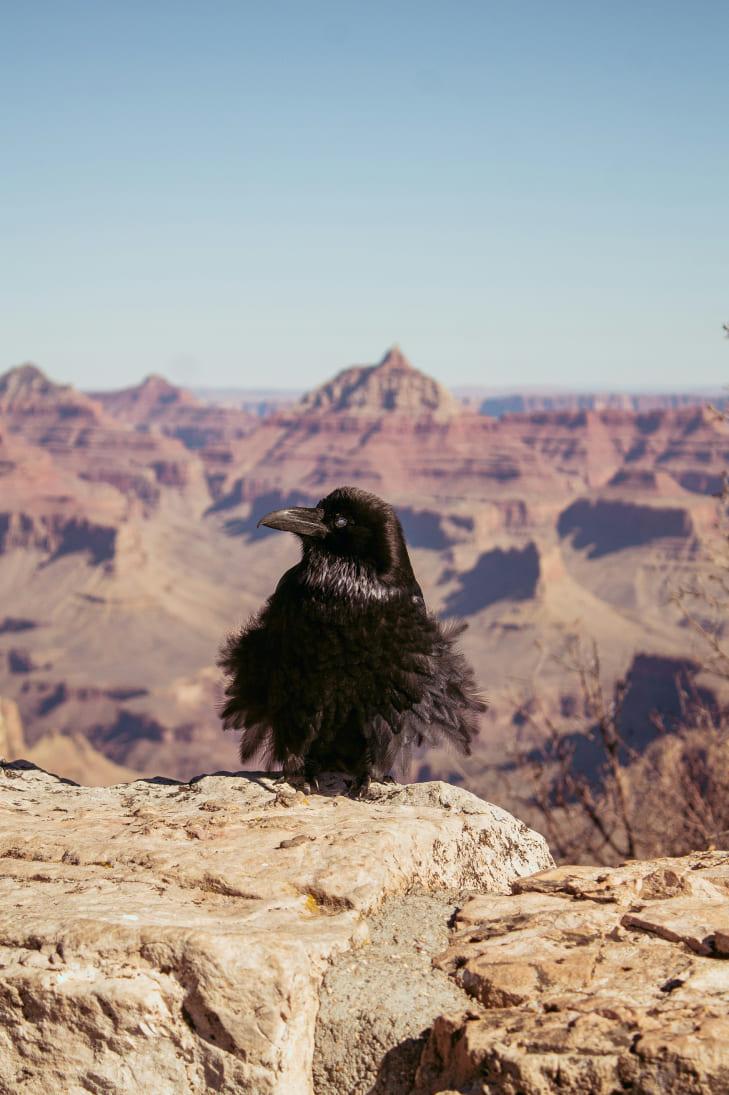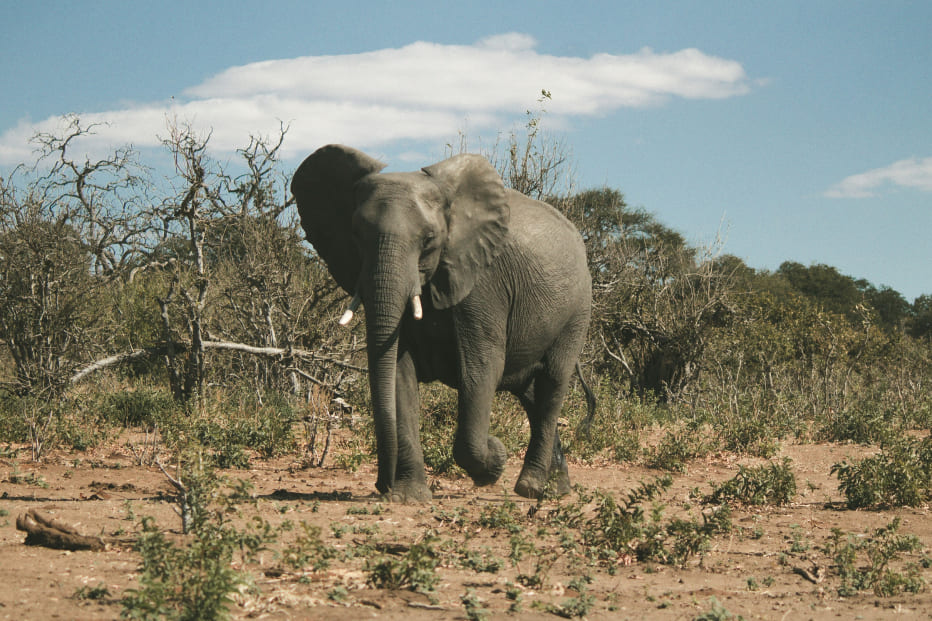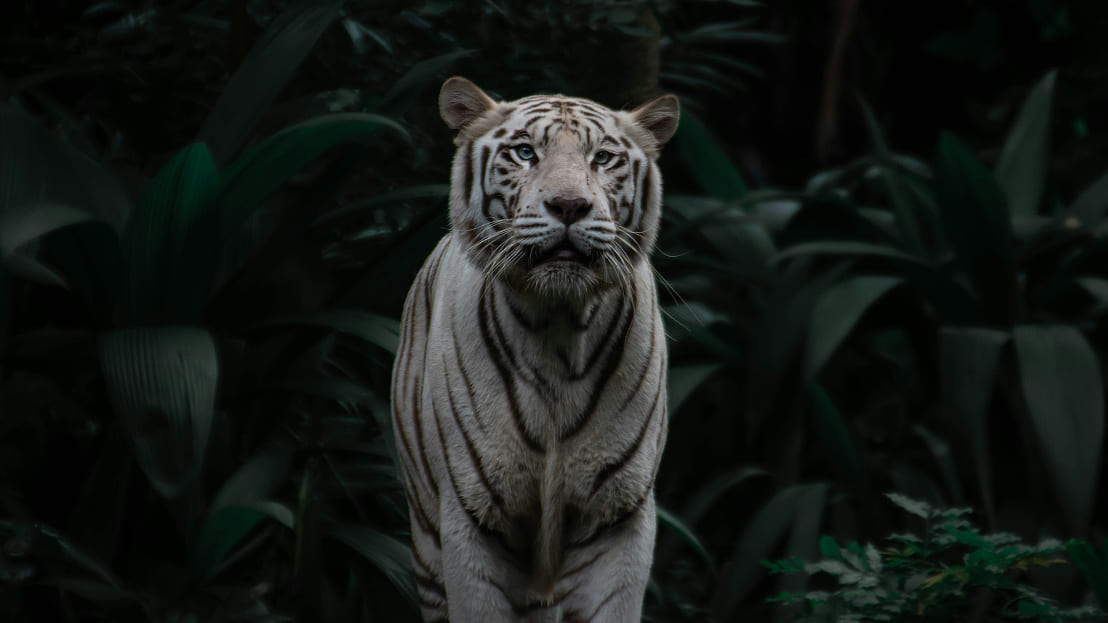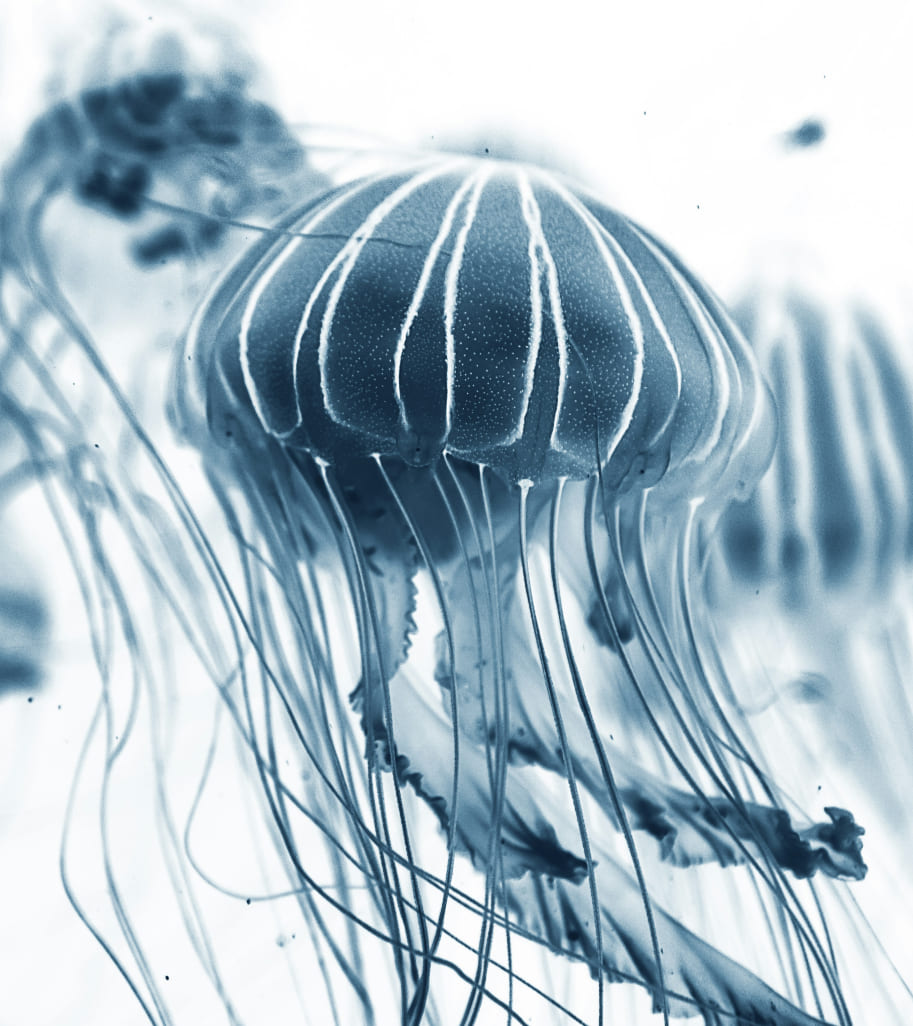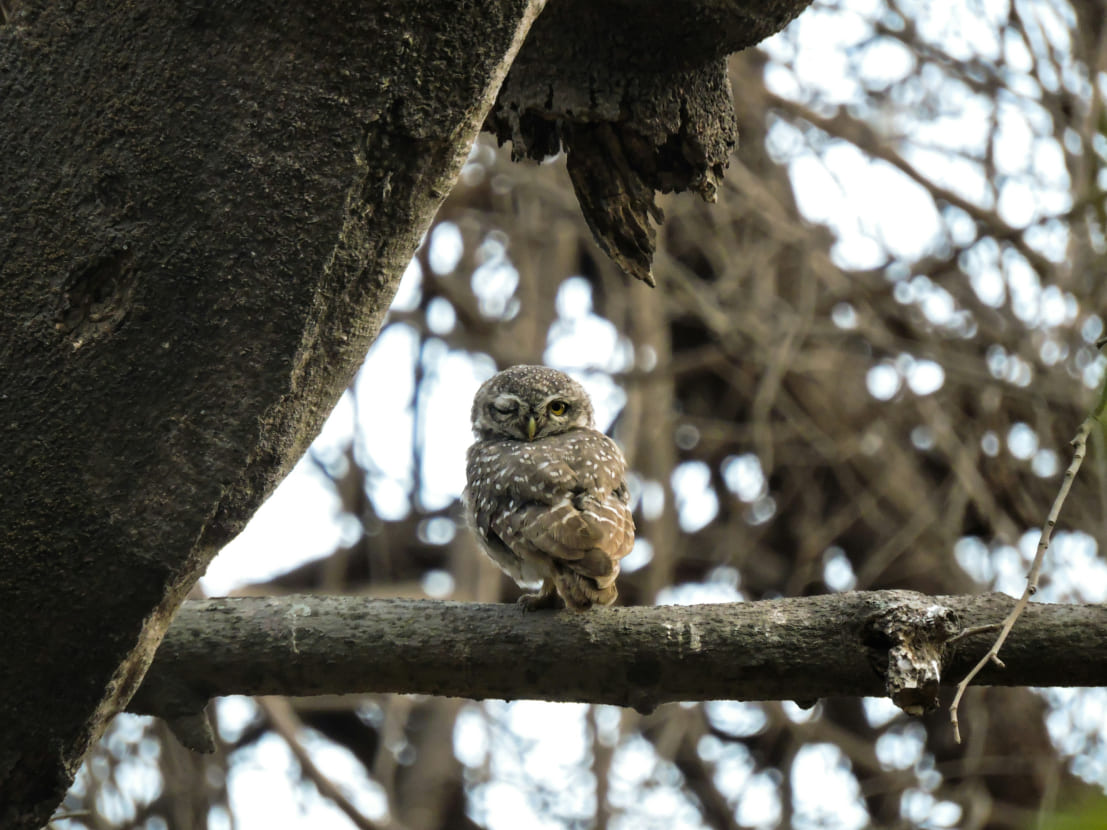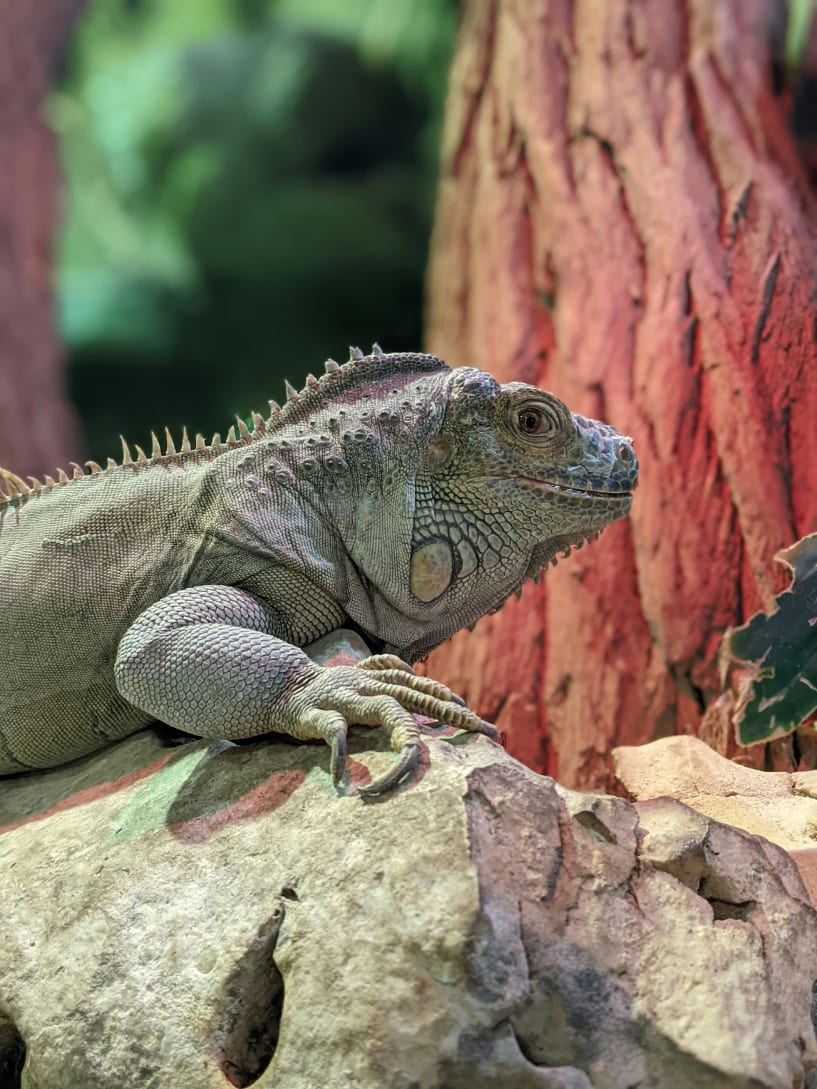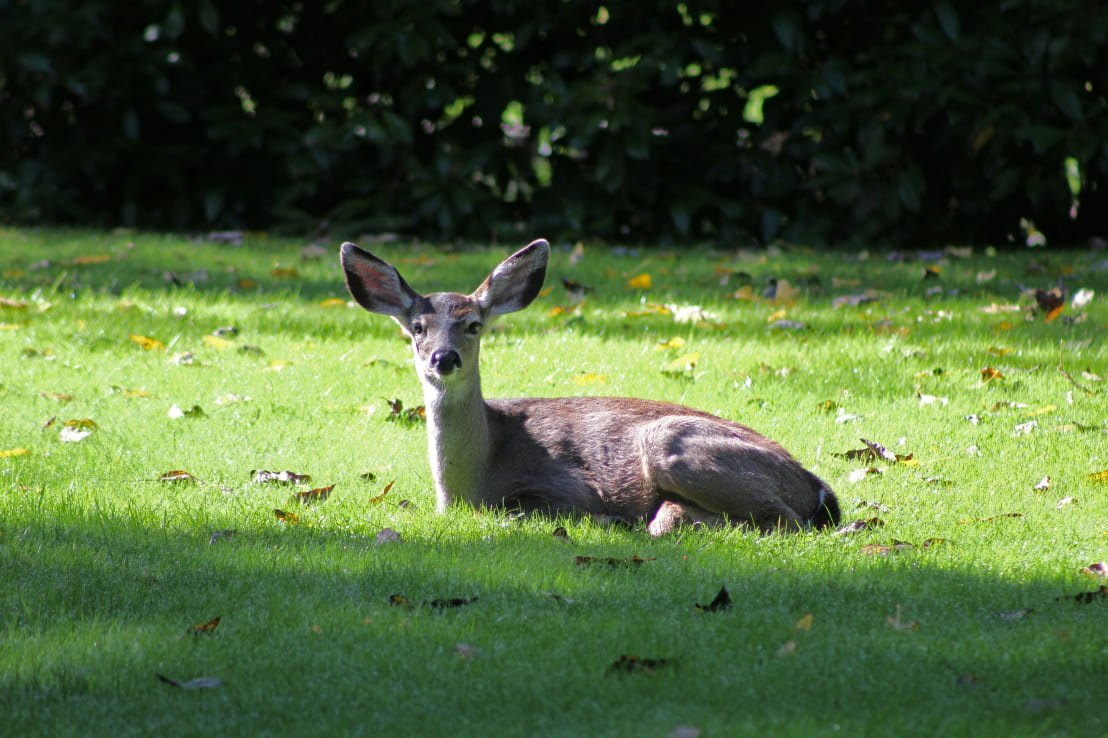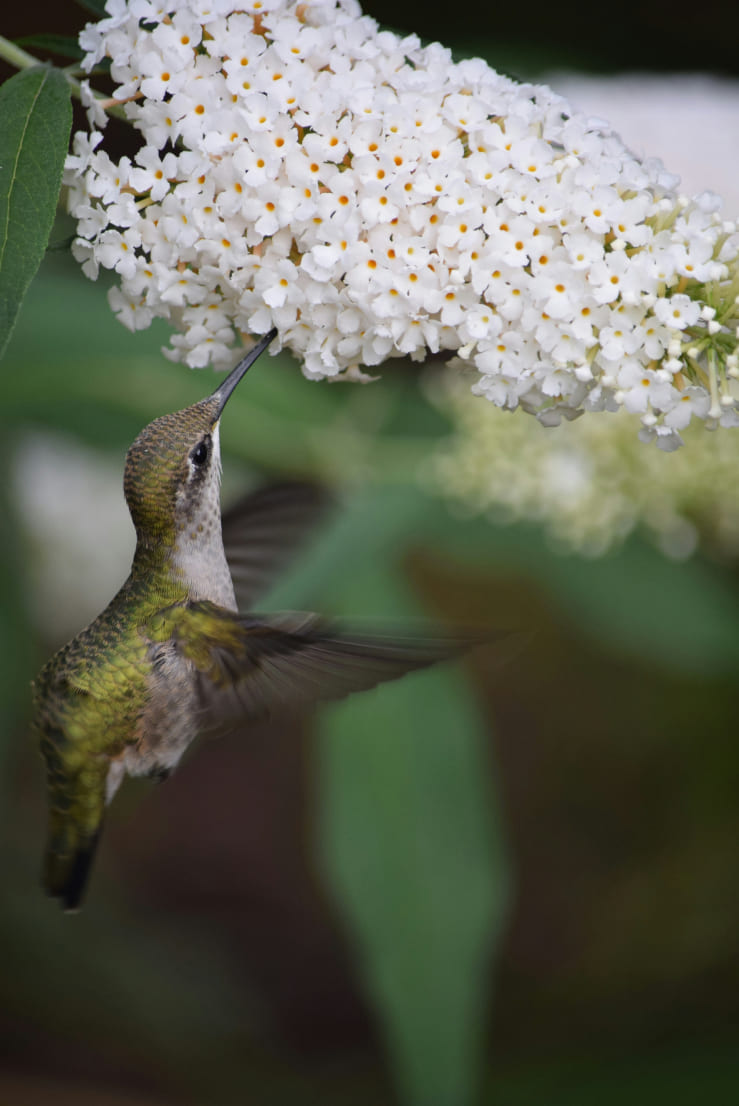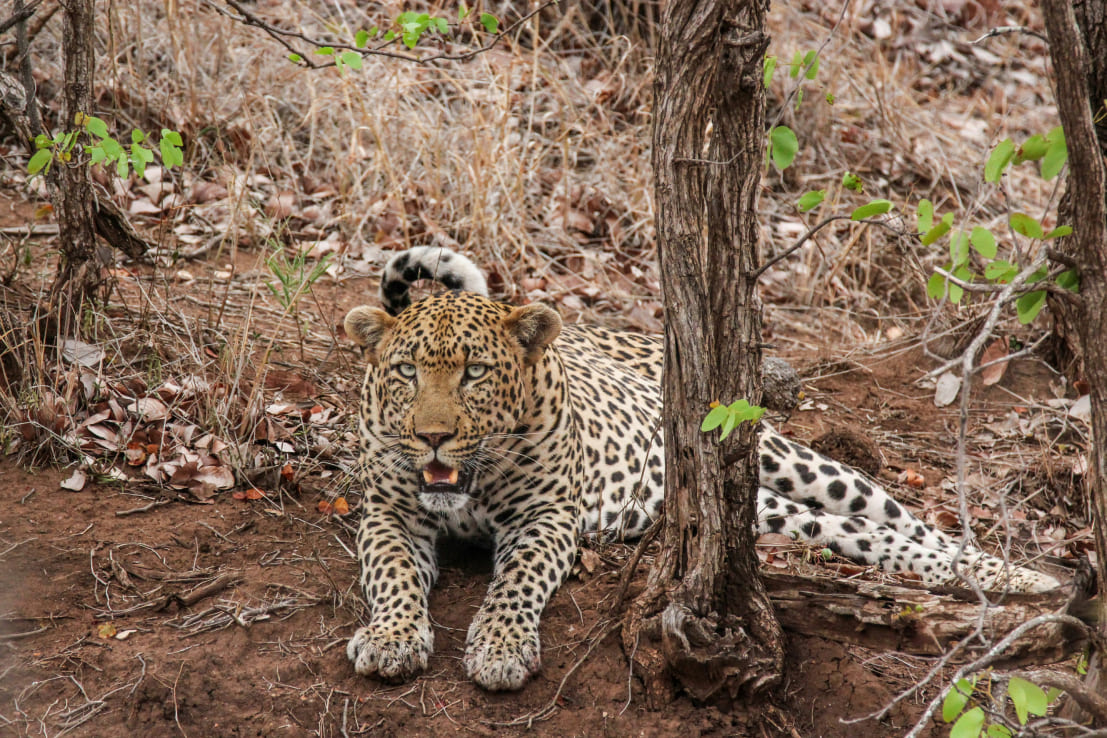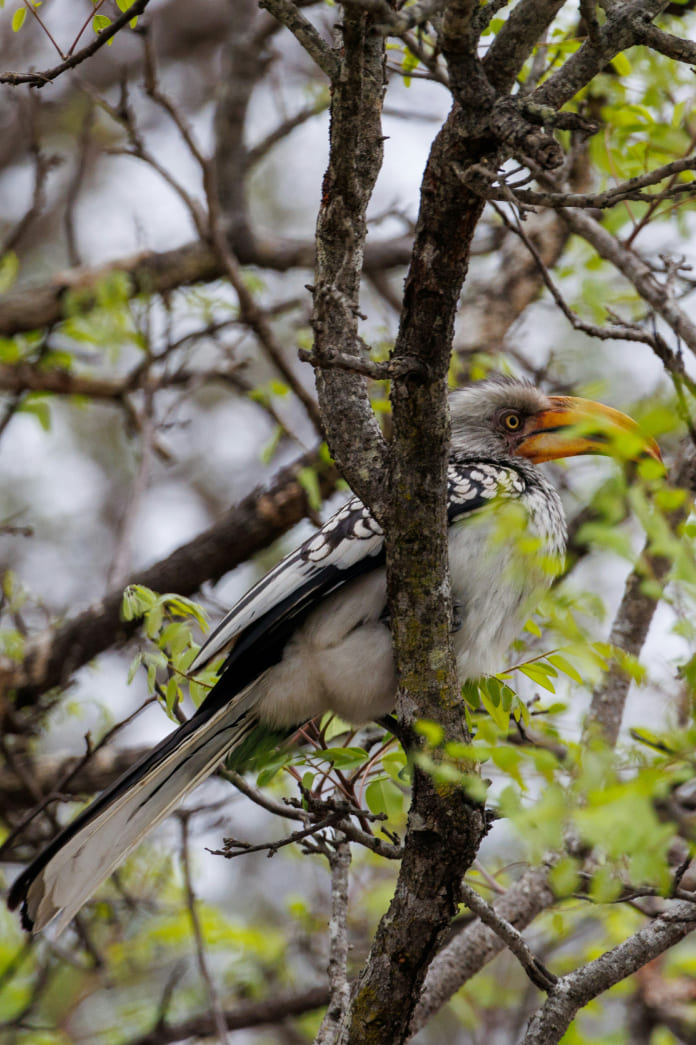Zoos today are much more than places for public entertainment; they are centers of conservation, education, and, most importantly, animal welfare. Behind the scenes, there is an intricate system of care that ensures every animal's physical and emotional needs are met. Modern zoos employ teams of veterinarians, nutritionists, and behaviorists who collaborate to provide tailored care for each species.
Enclosures are meticulously designed to mimic natural habitats. For example, a tropical rainforest environment for primates includes dense foliage, climbing structures, and misting systems, while desert habitats for reptiles feature heated rocks and sandy terrain. Beyond their physical surroundings, animals are provided with enrichment activities that stimulate their instincts. These range from puzzle feeders that challenge their hunting skills to toys and scents that keep their minds engaged.
Diet is another crucial aspect. Every meal is carefully planned to meet the specific dietary needs of each species. Herbivores receive fresh vegetables, fruits, and hay, while carnivores are fed high-quality meats, often supplemented with vitamins. Special attention is given to animals with unique needs, such as pandas or koalas, whose diets are highly specialized.



